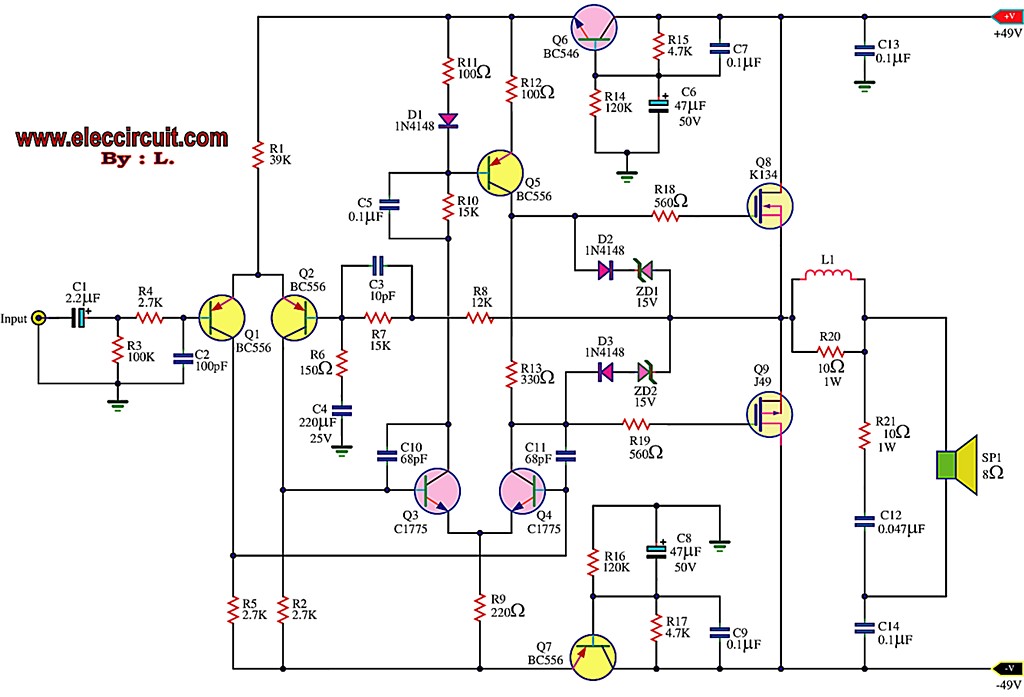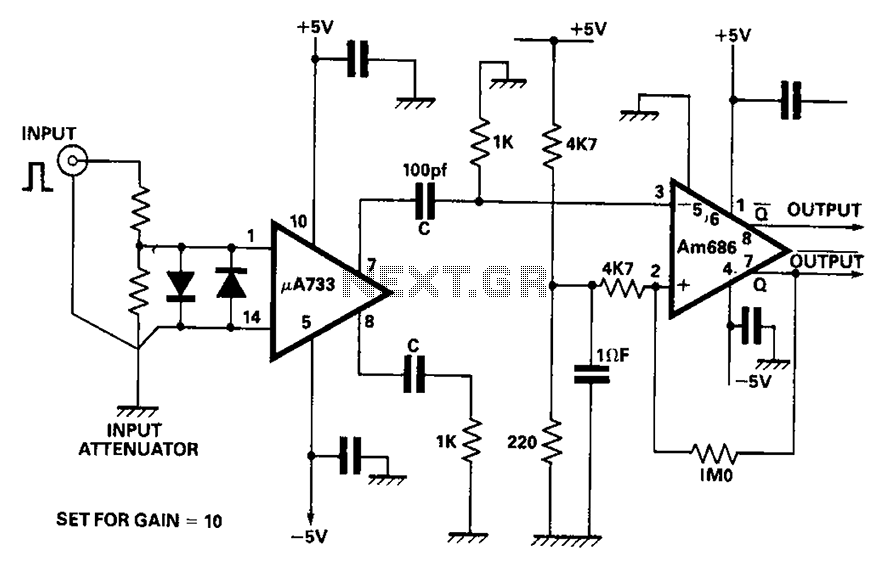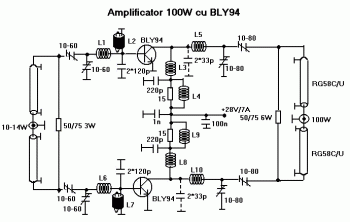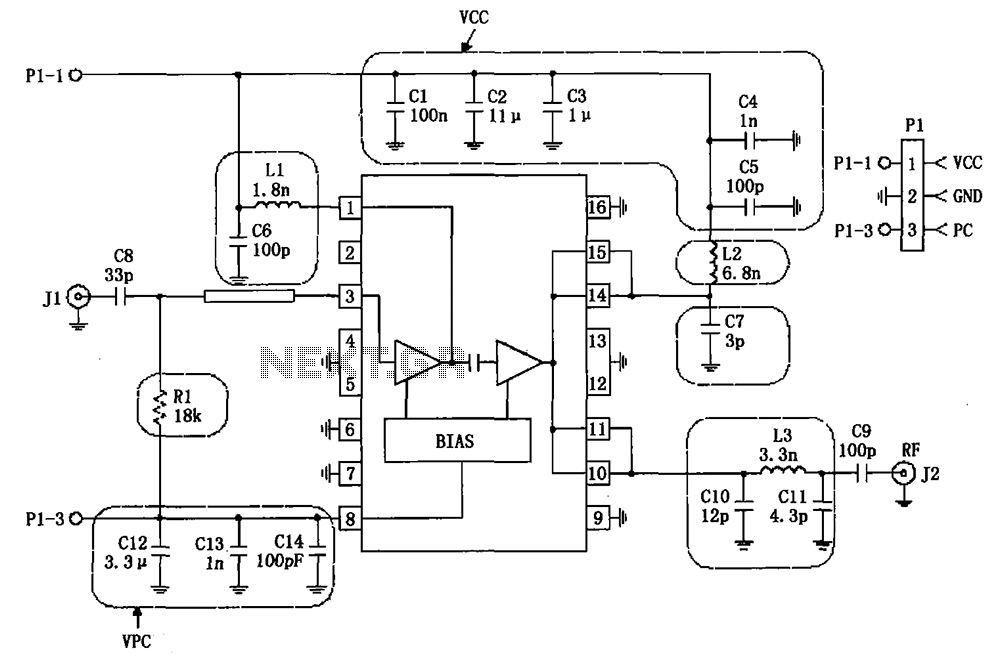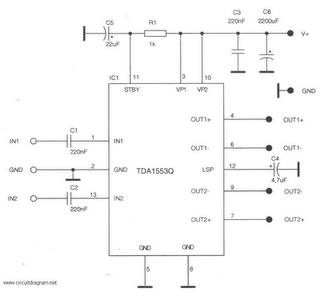
Vacuum Tube Amplifier Pioneer SM-83 Restoration
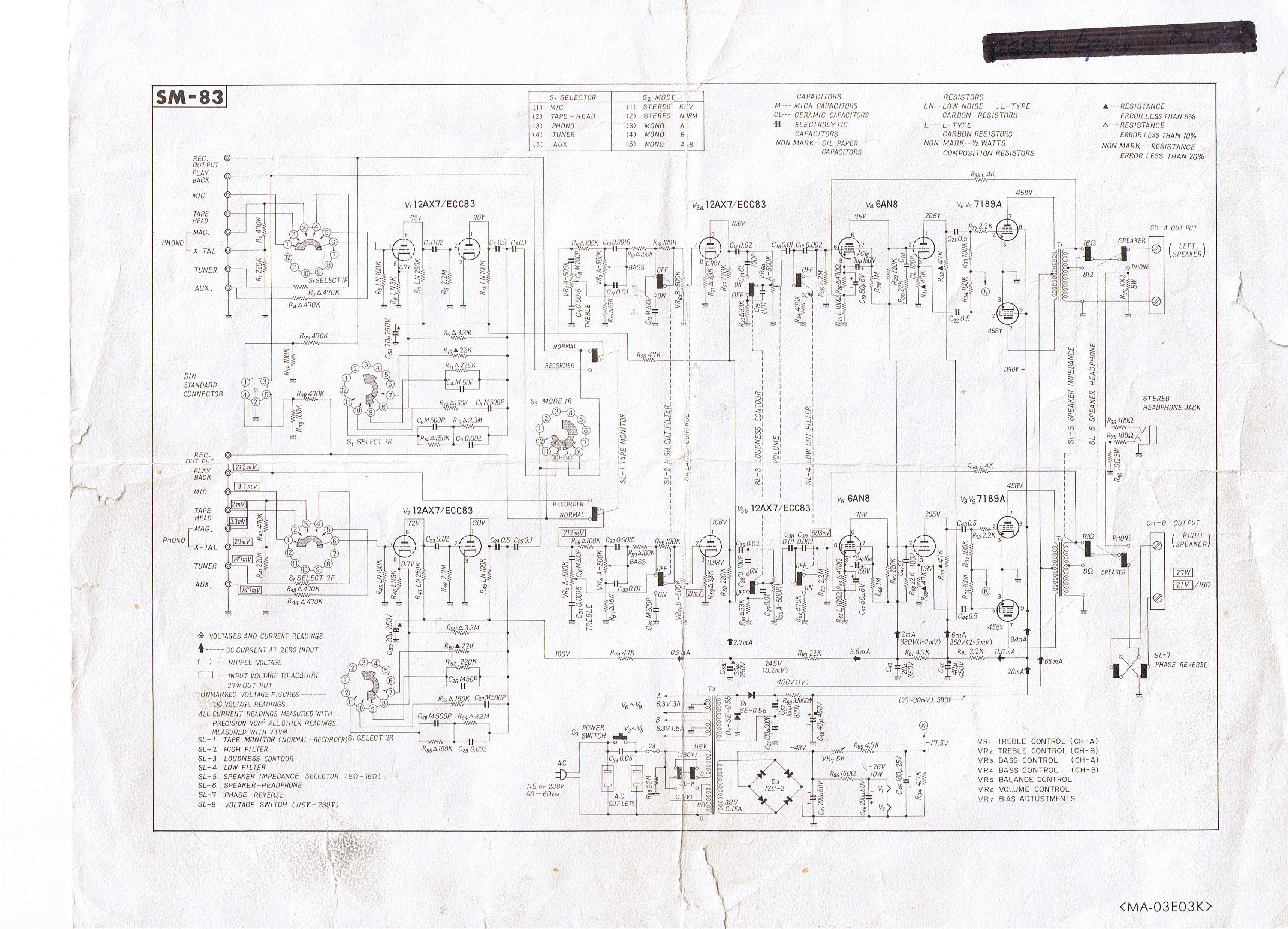
After restoring a Fisher 400, the search for another tube amplifier began, motivated by a desire to apply newly acquired skills. Importing equipment from the USA to the European Union proved costly, with shipping fees around $200 to $250, in addition to domestic VAT and customs. Interest was particularly focused on the Sansui 1000A or Luxman, but reasonable prices were elusive in Europe. Ultimately, attention turned to the Pioneer SM-83 integrated tube amplifier, which appears sporadically on eBay. A Polish website called "Fonar" provided detailed internal photos, further fueling interest. The Pioneer tube amplifier avoids the issue of large can capacitors soldered or riveted directly to the chassis, making disassembly easier. A unit was successfully purchased from France for 300 Euros. Additionally, a Finnish radio enthusiast, Jouko Kuisma, was encountered who had acquired the same amplifier in Germany. Despite following established purchasing guidelines, some challenges arose. High-resolution, detailed photos were essential for documentation, but web pages with extensive graphics tended to load slowly. Medium-resolution images were posted with links to download larger versions. A photo gallery featuring night shots of glowing tubes was also created, celebrating both the aesthetic and functional aspects of tube amplifiers. The Pioneer SM-83 is a typical vacuum tube integrated amplifier from the 1960s, featuring a solid steel chassis, a 5mm thick brushed aluminum faceplate, a 12AX7 pre-amplifier, a 6AN8 medium-mu triode/sharp cut-off pentode inverter, and a class AB push-pull 7189A output stage with a 460V plate voltage, delivering a claimed RMS of 28W per channel. It is equipped with Tamura output transformers, a leading Japanese transformer manufacturer. The construction is well thought out, with no rivets or components soldered directly to the chassis, except for a few grounding cables, facilitating easy disassembly. The assembly quality and layout are logical and precise, with no packaged electronic circuit modules, only discrete components. However, the circuit density is significantly higher than that of the Fisher 400, likely due to Japanese practices favoring miniaturization. Tube electronics in Japan were manually assembled, which can complicate servicing for individuals with larger hands. Most Japanese tube tuners and amplifiers, including Pioneer, Sansui, and Trio/Kenwood, share similar schematics and components, such as Suzuki paper-in-oil capacitors. In contrast, Luxman primarily utilized Williamson-type schematics in their amplifiers. While some may regard Japanese tube electronics as inferior, this perception is inaccurate. Although they may not have the collectible status of brands like McIntosh, these amplifiers represent excellent quality at a mid-range price point. Ultimately, home electronics are inherently straightforward, lacking the complexity of advanced technologies like nuclear missiles or space stations.
The Pioneer SM-83 integrated tube amplifier represents a significant advancement in vacuum tube technology from the 1960s, combining both aesthetic and functional attributes. The amplifier's chassis is constructed from heavy steel, providing durability and stability, while the brushed aluminum faceplate adds a touch of elegance. The use of a 12AX7 pre-amplifier ensures high-quality audio signal processing, while the 6AN8 inverter facilitates efficient phase splitting, crucial for the push-pull output configuration.
The output stage, utilizing 7189A tubes, operates at a high plate voltage of 460V, enabling the amplifier to deliver substantial power output with a claimed RMS of 28W per channel. This power level is significant for driving various speakers, providing a rich and immersive listening experience. The inclusion of Tamura output transformers enhances the overall sound quality, as these components are known for their reliability and performance in audio applications.
The design philosophy behind the Pioneer SM-83 emphasizes serviceability and simplicity. The absence of riveted components and the strategic placement of discrete parts allow for straightforward disassembly and maintenance. This design approach contrasts with many vintage amplifiers that often incorporate packaged electronic circuit modules, which can complicate repairs and modifications.
Furthermore, the high circuit density observed in the Pioneer SM-83 reflects the meticulous engineering standards prevalent in Japanese manufacturing during this era. This density contributes to the amplifier's compact size while maintaining performance integrity. The manual assembly process employed by skilled technicians adds a level of craftsmanship that is often appreciated by audio enthusiasts.
In summary, the Pioneer SM-83 integrated tube amplifier exemplifies the intersection of quality engineering and aesthetic appeal, making it a notable addition to any audio collection. Its robust construction, thoughtful design, and high-quality components position it as a competitive choice in the realm of vintage tube amplifiers, offering exceptional audio performance without the complications often associated with servicing and maintenance.After restoring my Fisher 400, I could not let my smart head and creative hands rest. So I have started to look for another tube gear to apply my newly acquired skills. There was plenty of stuff around, but importing from USA to European Union is quite prohibitive - around $200 - $250 only for shipment plus domestic VAT and customs. I am was very eager to buy Sansui 1000a or Luxman, but none of them appeared in Europe for reasonable price level. So after all, I took a look at Pioneer SM-83 integrated tube amplifier, which time to time appear on eBay.
I found a nice web site called "Fonar" in Poland which have quite detailed photos of internals, and I am was somewhat obsessed. Pioneer tube amp doesn`t have something I hate in other vintage devices - namely large can caps (or anything else) soldered or riveted straight to the chassis (its a hell work to remove them).
Finally I have managed to buy one from France for 300 EURO. Additionally, I have occasionally met nice Finish radio junkie Jouko Kuisma which have bought the same amp in Germany. Of course, I have followed my own golden rules purchasing this Pioneer. However, it was not saved me from some unpleasant caveats. This kind of walkthrough is absolutely useless without high-resolution, detailed photos, and that represent a problem.
Web pages with plenty of large graphics are slow to load, render and scroll. So I am posting medium-resolution photos straight on the page, with links to download larger (around 2500x1200) ones (for example, you can download photo above in full details). I am was thinking about slide-show on the 2nd linked page, or splitting article in 5+ separate pages, but this will be to cumbersome to navigate.
Additionally, I have posted photo gallery with night shots of glowing tubes here. I really like to enjoy both aesthetical and conical features of tube amplifiers! Pioneer SM-83 is a typical vacuum tube integrated amplifier of the 60th era - very solid and heavy steel chassis, 5mm thick aluminum brushed faceplate (unlike Fisher`s this one is somewhat rough), 12AX7 pre-amplifier, 6AN8 mediim-mu triode/sharp cut-off penthode inverter, class AB push-pull 7189a output stage with 460V plate voltage (claimed RMS was 28W per channel driving 7189a to the utmost edge), and a couple of nice Tamura (Tamradio) output transformers (Tamura still in the business today as one of the largest Japanese transformer manufacturers). Construction is very smart, there are no rivets, no parts soldered straight to chassis except few grounding cables, so amplifier could be very easily disassembled apart.
Quality and layout of assembly is very logical and accurate. Additionally, there are no PEC (packaged electronic circuit) modules (small sets of resistors and capacitors sealed in tiny epoxy case) often used in vintage amplifiers, only discrete parts. What I immediately discovered all these niceties come at the hefty tax - density of circuit probably at least twice of Fisher 400 (most likely result of Japanese addiction to miniaturization).
Tube electronics in Japan was assembled manually by girls who are known to have very small and thin fingers - making it very difficult service labor for average man. Need to say, most of Japanese tube tuners/amplifiers (Pioneer, Sansui, Trio/Kenwood) used very similar schematic (with 6AN8 inverter), and components, like Suzuki paper-in-oil capacitors (gray cylinder shaped objects on the photo left).
Another high-rated Japanese electronic manufacturer - Luxman - used mostly Williamson type schematic in his amplifiers. Some people think of Japanese tube electronic as second class in terms of quality, however, it is completely WRONG.
They are not high-value collectibles like McIntosh, but these amps represent probably almost maximum quality possible at mid-range price level. After all, home electronic is very simple by its nature, it is not nuclear ballistic missile or space station
🔗 External reference
The Pioneer SM-83 integrated tube amplifier represents a significant advancement in vacuum tube technology from the 1960s, combining both aesthetic and functional attributes. The amplifier's chassis is constructed from heavy steel, providing durability and stability, while the brushed aluminum faceplate adds a touch of elegance. The use of a 12AX7 pre-amplifier ensures high-quality audio signal processing, while the 6AN8 inverter facilitates efficient phase splitting, crucial for the push-pull output configuration.
The output stage, utilizing 7189A tubes, operates at a high plate voltage of 460V, enabling the amplifier to deliver substantial power output with a claimed RMS of 28W per channel. This power level is significant for driving various speakers, providing a rich and immersive listening experience. The inclusion of Tamura output transformers enhances the overall sound quality, as these components are known for their reliability and performance in audio applications.
The design philosophy behind the Pioneer SM-83 emphasizes serviceability and simplicity. The absence of riveted components and the strategic placement of discrete parts allow for straightforward disassembly and maintenance. This design approach contrasts with many vintage amplifiers that often incorporate packaged electronic circuit modules, which can complicate repairs and modifications.
Furthermore, the high circuit density observed in the Pioneer SM-83 reflects the meticulous engineering standards prevalent in Japanese manufacturing during this era. This density contributes to the amplifier's compact size while maintaining performance integrity. The manual assembly process employed by skilled technicians adds a level of craftsmanship that is often appreciated by audio enthusiasts.
In summary, the Pioneer SM-83 integrated tube amplifier exemplifies the intersection of quality engineering and aesthetic appeal, making it a notable addition to any audio collection. Its robust construction, thoughtful design, and high-quality components position it as a competitive choice in the realm of vintage tube amplifiers, offering exceptional audio performance without the complications often associated with servicing and maintenance.After restoring my Fisher 400, I could not let my smart head and creative hands rest. So I have started to look for another tube gear to apply my newly acquired skills. There was plenty of stuff around, but importing from USA to European Union is quite prohibitive - around $200 - $250 only for shipment plus domestic VAT and customs. I am was very eager to buy Sansui 1000a or Luxman, but none of them appeared in Europe for reasonable price level. So after all, I took a look at Pioneer SM-83 integrated tube amplifier, which time to time appear on eBay.
I found a nice web site called "Fonar" in Poland which have quite detailed photos of internals, and I am was somewhat obsessed. Pioneer tube amp doesn`t have something I hate in other vintage devices - namely large can caps (or anything else) soldered or riveted straight to the chassis (its a hell work to remove them).
Finally I have managed to buy one from France for 300 EURO. Additionally, I have occasionally met nice Finish radio junkie Jouko Kuisma which have bought the same amp in Germany. Of course, I have followed my own golden rules purchasing this Pioneer. However, it was not saved me from some unpleasant caveats. This kind of walkthrough is absolutely useless without high-resolution, detailed photos, and that represent a problem.
Web pages with plenty of large graphics are slow to load, render and scroll. So I am posting medium-resolution photos straight on the page, with links to download larger (around 2500x1200) ones (for example, you can download photo above in full details). I am was thinking about slide-show on the 2nd linked page, or splitting article in 5+ separate pages, but this will be to cumbersome to navigate.
Additionally, I have posted photo gallery with night shots of glowing tubes here. I really like to enjoy both aesthetical and conical features of tube amplifiers! Pioneer SM-83 is a typical vacuum tube integrated amplifier of the 60th era - very solid and heavy steel chassis, 5mm thick aluminum brushed faceplate (unlike Fisher`s this one is somewhat rough), 12AX7 pre-amplifier, 6AN8 mediim-mu triode/sharp cut-off penthode inverter, class AB push-pull 7189a output stage with 460V plate voltage (claimed RMS was 28W per channel driving 7189a to the utmost edge), and a couple of nice Tamura (Tamradio) output transformers (Tamura still in the business today as one of the largest Japanese transformer manufacturers). Construction is very smart, there are no rivets, no parts soldered straight to chassis except few grounding cables, so amplifier could be very easily disassembled apart.
Quality and layout of assembly is very logical and accurate. Additionally, there are no PEC (packaged electronic circuit) modules (small sets of resistors and capacitors sealed in tiny epoxy case) often used in vintage amplifiers, only discrete parts. What I immediately discovered all these niceties come at the hefty tax - density of circuit probably at least twice of Fisher 400 (most likely result of Japanese addiction to miniaturization).
Tube electronics in Japan was assembled manually by girls who are known to have very small and thin fingers - making it very difficult service labor for average man. Need to say, most of Japanese tube tuners/amplifiers (Pioneer, Sansui, Trio/Kenwood) used very similar schematic (with 6AN8 inverter), and components, like Suzuki paper-in-oil capacitors (gray cylinder shaped objects on the photo left).
Another high-rated Japanese electronic manufacturer - Luxman - used mostly Williamson type schematic in his amplifiers. Some people think of Japanese tube electronic as second class in terms of quality, however, it is completely WRONG.
They are not high-value collectibles like McIntosh, but these amps represent probably almost maximum quality possible at mid-range price level. After all, home electronic is very simple by its nature, it is not nuclear ballistic missile or space station
🔗 External reference
